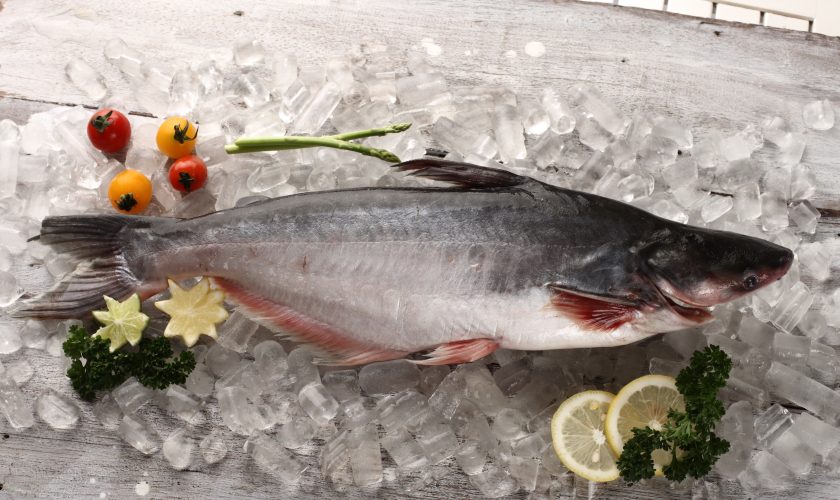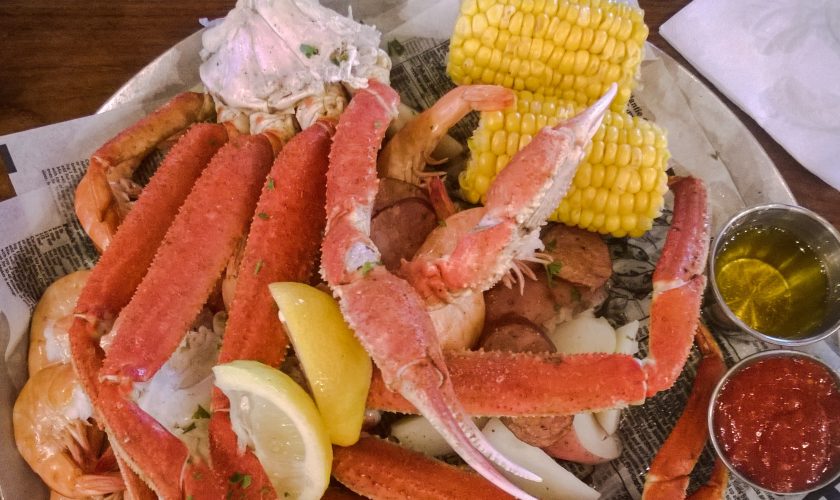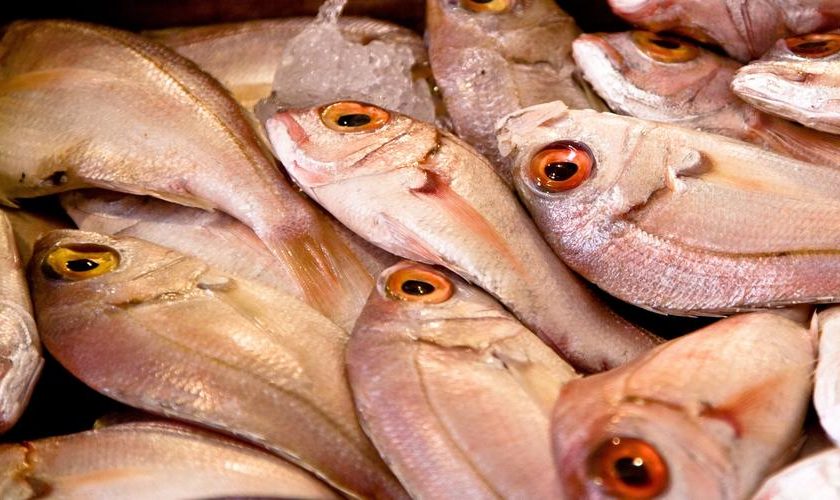Fish and seafood represent a culinary adventure, offering a diverse spectrum of flavors, textures, and health benefits. From the oceans to freshwater lakes and rivers, these aquatic delicacies have been central to human diets for centuries, embodying cultural traditions and gastronomic innovation. Join us as we embark on a voyage to explore the captivating world of fish and seafood.
1. Nutritional Richness
Fish and seafood are esteemed for their nutritional richness, providing a plethora of essential nutrients crucial for overall health and vitality. Bursting with omega-3 fatty acids, they promote heart health, cognitive function, and reduce inflammation. Moreover, fish and seafood serve as excellent sources of high-quality protein, essential for muscle growth, repair, and overall bodily function. Laden with vitamins such as D, B12, and minerals like iron, zinc, and selenium, they contribute to a balanced diet and robust well-being.
2. Culinary Diversity
One of the most enchanting aspects of fish and seafood is their culinary versatility, inspiring a vast array of dishes and culinary traditions worldwide. From delicate white fish to robust shellfish, these ingredients lend themselves to an extensive repertoire of cooking techniques and flavor combinations. Grilled, poached, fried, or raw, fish and seafood offer endless possibilities for culinary creativity. Whether savored in sushi, grilled to perfection, or featured in a comforting seafood stew, they tantalize taste buds and ignite culinary imagination with their fresh, vibrant flavors.

3. Cultural Significance
Fish and seafood hold deep cultural significance, woven into the fabric of culinary traditions and rituals across diverse societies. In coastal regions, they symbolize abundance, prosperity, and communal celebration. From Mediterranean feasts to Asian delicacies, seafood plays a pivotal role in religious ceremonies, festivals, and family gatherings. Fishing traditions, seafood markets, and culinary customs pay homage to the vital connection between humanity and the sea, reflecting the rich maritime heritage of coastal communities.
4. Environmental Sustainability
As concerns about overfishing and environmental degradation mount, sustainable fishing practices and responsible seafood sourcing are increasingly vital. Sustainable fisheries management, habitat conservation, and aquaculture innovations are essential for preserving marine ecosystems and ensuring the long-term health of fish stocks. Certifications such as MSC and ASC offer consumers confidence that their seafood choices support sustainable practices and environmental stewardship. By making informed decisions and advocating for sustainable seafood, consumers can play a crucial role in safeguarding the oceans for future generations.
5. Conclusion: Embracing the Bounty of the Seas
Fish and seafood are more than just ingredients; they are symbols of culinary adventure, cultural heritage, and environmental stewardship. As we savor the delights of the sea, let us also embrace the responsibility to protect and preserve marine ecosystems. By supporting sustainable practices and celebrating the diversity of fish and seafood, we ensure that future generations can continue to enjoy the bounty of the seas for years to come.















